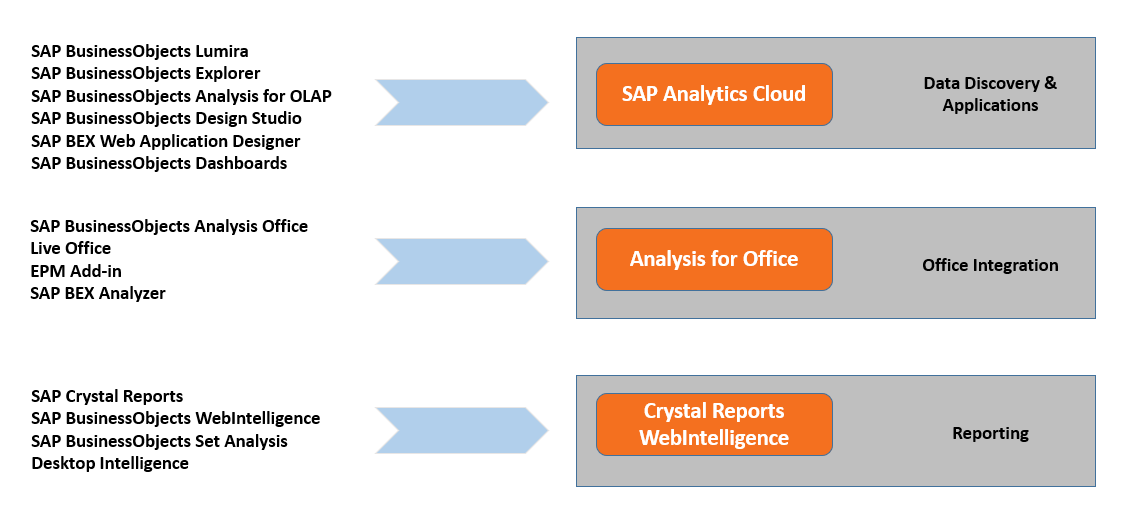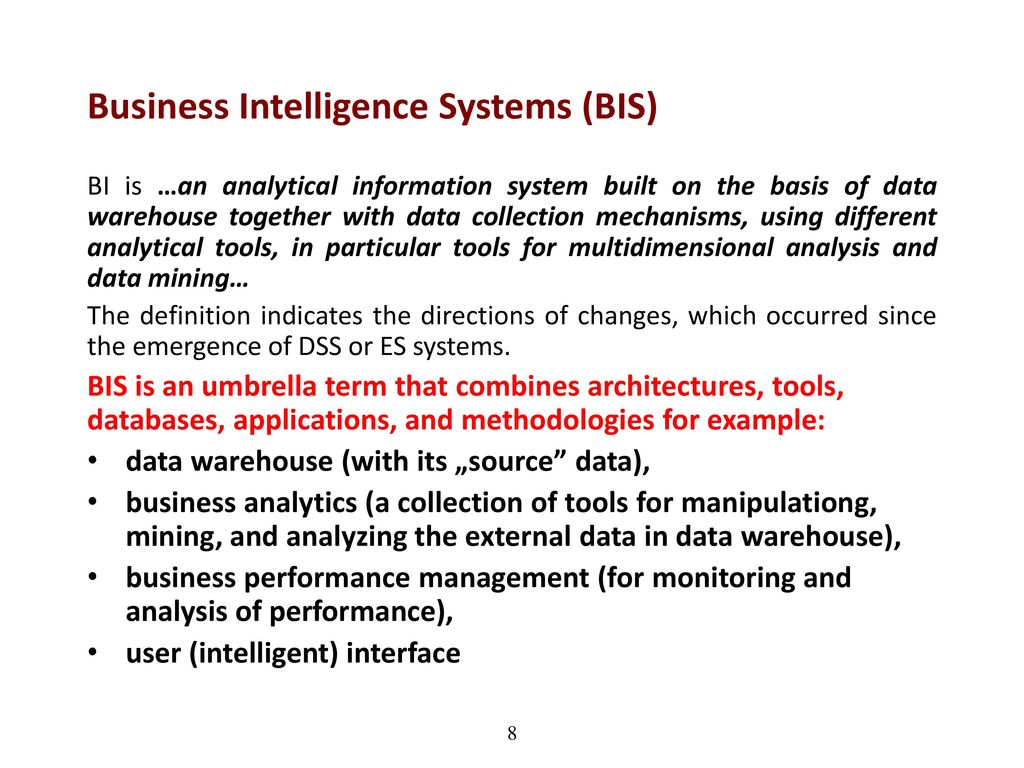Introduction
Have you ever been involved in a car accident and wondered if you could take time off work to recover? The Family and Medical Leave Act (FMLA) may be able to help. The FMLA is a federal law that entitles eligible employees to take up to 12 weeks of unpaid, job-protected leave for certain family and medical reasons, including serious health conditions. In this article, we will discuss the FMLA and how it applies to car accidents.
The FMLA defines a serious health condition as an illness, injury, impairment, or physical or mental condition that involves:
- Inpatient care in a hospital, hospice, or residential medical care facility
- Continuing treatment by a health care provider
- Incapacity to perform the essential functions of the employee’s job
- A period of incapacity that is likely to continue for an extended period of time
Car accidents can often result in serious health conditions that meet the FMLA’s definition. For example, a car accident can cause broken bones, head injuries, or other serious injuries that require hospitalization or ongoing medical treatment. In these cases, employees may be eligible to take FMLA leave to recover from their injuries.
FMLA Leave for Car Accident Injuries
Car accidents can be traumatic ordeals, resulting in physical and emotional injuries that take time to heal. Employees who find themselves in this situation may be unable to fulfill their work duties and may need time off to recover. For those who qualify, the Family and Medical Leave Act (FMLA) can provide job-protected leave to address these medical needs.
Eligibility for FMLA Leave
To be eligible for FMLA leave, employees must meet certain criteria. They must have worked for their employer for at least 12 months and have worked at least 1,250 hours during that time. They must also have a serious health condition that makes them unable to perform their job or attend work. Car accident injuries that result in hospitalization, surgery, or physical therapy may qualify as serious health conditions under FMLA.
Duration of Leave
FMLA provides eligible employees with up to 12 weeks of unpaid, job-protected leave per year. This leave can be taken all at once or intermittently, as needed. For example, an employee who is recovering from a broken bone may need to take time off for appointments or physical therapy. They could use FMLA leave to cover these absences and return to work when they are able.
Notifying the Employer
When possible, employees should notify their employer of their need for FMLA leave as soon as the accident occurs. They should provide documentation from a doctor or other health care provider to support their need for leave. The employer may request additional information, such as the expected duration of the leave and any restrictions or limitations that apply.
Returning to Work
Once an employee is able to return to work, they should provide their employer with a release from their doctor. The employer is required to return the employee to the same or an equivalent position, with no loss of benefits or wages. If the employee is unable to perform their previous job duties, the employer may be required to make reasonable accommodations to enable them to return to work.
Can I Take FMLA Leave After a Car Accident?
If you’re asking yourself that question, you’re not alone. Many people are unaware that they may be eligible for Family and Medical Leave Act (FMLA) leave after a car accident. The FMLA is a federal law that entitles eligible employees to take unpaid, job-protected leave for certain medical and family reasons. Car accidents are one of the qualifying reasons for FMLA leave.
In this article, we’ll discuss the eligibility requirements for FMLA leave, the types of leave available, and how to apply for FMLA leave. We’ll also provide some tips on how to make the most of your FMLA leave.
Qualifying for FMLA Leave
To be eligible for FMLA leave, employees must meet certain criteria, including working for their employer for at least 12 months and meeting certain hour requirements. Employees must also have a serious medical condition that prevents them from performing their job duties. A car accident can qualify as a serious medical condition if it results in:
- Hospitalization
- Incapacity for more than three consecutive days
- Continuing treatment by a healthcare provider
Employees who are not sure if they meet the eligibility requirements for FMLA leave should contact their employer’s human resources department.
Types of FMLA Leave
There are two types of FMLA leave: job-protected leave and unpaid leave. Job-protected leave allows employees to take up to 12 weeks of unpaid leave per year for certain medical and family reasons. Unpaid leave allows employees to take up to 26 weeks of unpaid leave per year for certain medical and family reasons.
Employees can use FMLA leave for a variety of reasons, including recovering from a car accident, caring for a sick family member, or bonding with a new child. However, not all employees are eligible for both types of leave. For example, employees who have not worked for their employer for at least 12 months are not eligible for job-protected leave.
Applying for FMLA Leave
To apply for FMLA leave, employees must submit a written request to their employer. The request must include the following information:
- The reason for the leave
- The expected start and end dates of the leave
- A statement that the employee is unable to perform their job duties
- A statement that the employee is requesting FMLA leave
Employers must respond to FMLA leave requests within five business days. Employers can request that employees provide additional information to support their request. However, employers cannot delay or deny FMLA leave without a valid reason.
Navigating FMLA Leave After a Car Accident
Experiencing a car accident can be a traumatic and disruptive event that requires time to recover both physically and emotionally. For employees, this may necessitate taking time off from work to focus on their well-being. The Family and Medical Leave Act (FMLA) provides eligible employees with job-protected leave for specific reasons, including serious health conditions. Understanding how FMLA applies to car accident injuries can empower you in navigating this challenging time.
Qualifying for FMLA Leave
To qualify for FMLA leave, employees must meet certain eligibility criteria. They must have worked for their employer for at least 12 months and have worked at least 1,250 hours during that period. Additionally, the employees’ reasons for leave must fall within the categories protected by FMLA, such as a serious health condition.
Documentation of Car Accident Injuries
Employees must provide their employer with documentation of their car accident injuries. This documentation can include a doctor’s note or medical records that describe the nature and severity of the injuries. The documentation should also state the expected duration of the employee’s recovery and any limitations that the injuries may impose on their ability to perform their job duties.
Employer Responsibilities
Once an employee provides the necessary documentation, the employer has certain responsibilities. They must:
- Designate the employee’s leave as FMLA-protected leave.
- Maintain the employee’s health insurance coverage.
- Restore the employee to their previous position or an equivalent position upon their return from leave.
Additional Considerations
Employees may be eligible for additional benefits in conjunction with FMLA leave. For example, they may be able to receive short-term disability benefits or workers’ compensation benefits. Exploring these options can provide added financial support during a challenging time.
Navigating FMLA leave after a car accident can be complex. By understanding the eligibility requirements, documentation procedures, and employer responsibilities, employees can protect their rights and ensure a smooth return to work once they have fully recovered.
FMLA and Car Accidents: A Guide for Employees
Have you been involved in a car accident that has left you unable to work? If so, you may be wondering if you are eligible for leave under the Family and Medical Leave Act (FMLA). The FMLA is a federal law that requires employers to provide eligible employees with up to 12 weeks of unpaid, job-protected leave per year for certain medical and family reasons.
Eligibility
To be eligible for FMLA leave, you must:
- Have worked for your employer for at least 12 months
- Have worked at least 1,250 hours in the past 12 months
- Work at a location where your employer has 50 or more employees within 75 miles
Qualifying Reasons for Leave
The FMLA provides leave for the following reasons:
- The birth of a child
- The placement of a child for adoption or foster care
- To care for a spouse, child, or parent with a serious health condition
- To care for yourself if you have a serious health condition
- For certain military family reasons
Car Accidents and FMLA Leave
Car accidents can be a qualifying reason for FMLA leave if they result in a serious health condition. A serious health condition is defined as an illness, injury, or impairment that:
- Requires inpatient care in a hospital, hospice, or residential medical care facility
- Requires continuing treatment by a health care provider
- Incapacitates you for more than three days
- Significantly limits your ability to work
Employer Responsibilities
Employer Responsibilities
- Employers are required to provide eligible employees with FMLA leave and continue their health insurance coverage during the leave period.
- Employers must also designate a leave administrator who is responsible for processing leave requests and communicating with employees about their leave status.
- Employers are prohibited from retaliating against employees who take FMLA leave.
Employee Rights
Employee Rights
- Employees who are eligible for FMLA leave have the right to take up to 12 weeks of unpaid leave per year.
- Employees must provide their employer with 30 days’ notice of their need for leave, if possible.
- Employees may be required to provide their employer with a doctor’s note or other documentation to support their request for leave.
- Employees have the right to return to their same or an equivalent position at the end of their leave period.
Applying for FMLA Leave
To apply for FMLA leave, you should contact your employer’s leave administrator. The leave administrator will provide you with a form to complete. You will need to provide information about your reason for leave, the expected duration of your leave, and your contact information.
Once you have submitted your request for leave, your employer will review your request and determine if you are eligible for FMLA leave. Your employer will notify you of their decision in writing.
If you are approved for FMLA leave, you will be placed on leave status. You will not be required to work during your leave period, and your employer will continue your health insurance coverage.
When you return from your leave, you should contact your employer’s leave administrator to let them know that you are returning to work. You should also provide your employer with a doctor’s note or other documentation to certify that you are able to return to work.
FMLA Car Accident: What to Expect When You Return to Work
After a traumatic car accident, returning to work can be a daunting prospect. Fortunately, the Family and Medical Leave Act (FMLA) provides some protections for employees who need time to recover from injuries or care for loved ones.
Returning to Work After FMLA Leave
Upon returning to work after FMLA leave, employees are entitled to be reinstated to their previous position or an equivalent position with the same pay and benefits. This means employers cannot fire, demote, or otherwise discriminate against employees who have taken FMLA leave.
1. Communication is Key
Before returning to work, reach out to your employer and let them know when you plan to come back. This gives your employer time to prepare for your return and make any necessary accommodations.
2. Understand Your Rights
Familiarize yourself with your rights under FMLA. This includes knowing your job protection rights, your rights to reasonable accommodations, and your right to privacy regarding your medical condition.
3. Request Reasonable Accommodations
If you need additional time off, a flexible work schedule, or other accommodations to return to work, request these from your employer. Your employer is required to consider your request reasonably.
4. Gradual Return to Work
Some employers offer phased returns to work, allowing employees to gradually increase their hours and responsibilities as they recover. This can be a helpful way to ease back into the workplace.
5. Seek Support
Returning to work after an accident can be stressful. Don’t hesitate to seek support from your family, friends, or a mental health professional if you need it.
6. Transitioning Back
Reintegrating into the workplace after a serious accident can be challenging. Give yourself time to adjust and seek support from colleagues, supervisors, and HR if needed.
- Set Realistic Goals: Start by setting small, achievable goals for yourself. Don’t expect to be able to do everything right away.
- Stay Positive: Maintaining a positive attitude can help you overcome obstacles and adjust to your new routine.
- Ask for Help: Don’t be afraid to ask for assistance from coworkers or supervisors if you need it. Remember, they want you to succeed.
- Don’t Give Up: Returning to work after an accident can be a journey. Don’t get discouraged if you experience setbacks along the way. Just keep moving forward and you will eventually find your stride.




Leave a Reply